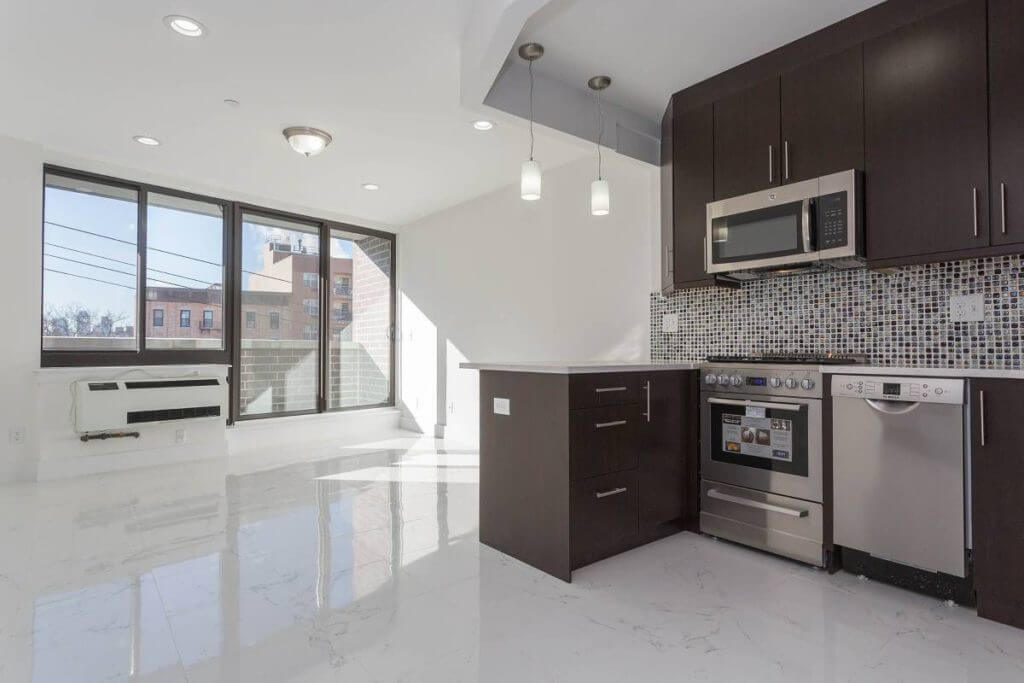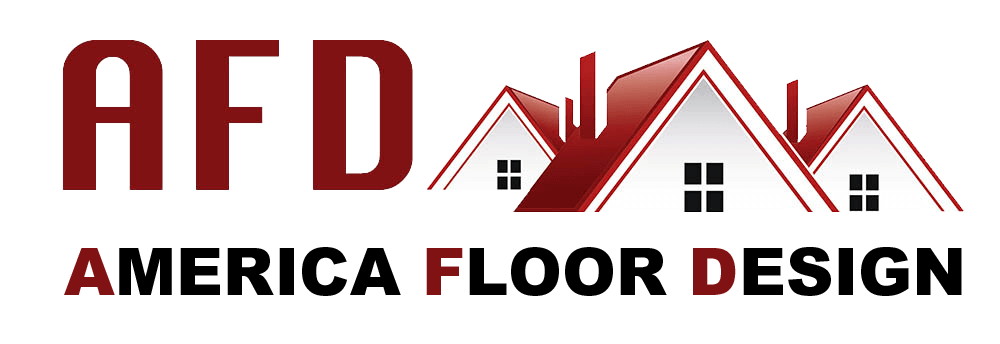You put your kitchen flooring a lot. In between spills and drips, heat, and dropped utensils, along with the continuous plod of feet, the flooring in this space has to have the ability to handle multiple risks and look excellent while doing it. Not every material is well matched for this place, and some products will last longer, with less maintenance, than others. Balancing design, function, and convenience is the key to making the best option. These seven various flooring products are excellent options to consider.
Hardwood
Hardwood is by nature a very durable floor covering product in many locations of the home, but it has restrictions in any areas vulnerable to moisture– and that consists of kitchen areas. For many years, hardwood was thought about a poor option for locations such as restrooms and cooking areas, where wetness is a concern. However, hardwood floor covering is going through something of a renaissance as a cooking area flooring material, thanks to modern sealants and polyurethane finishes that make it much more resilient and long-lasting.
Still, any wood floor covering, whether strong hardwood planks or engineered wood floor covering including a wood veneer, is more vulnerable to issues with moisture and stains than other floor covering materials. With hardwood floor covering in a kitchen area, you are visiting the product change and degrade somewhat gradually. As spills and splatters occur, there will be inevitable spots. However, some individuals like the aged look of a well-used hardwood flooring, finding the personality in the defects to be much better than its original excellence. And with strong hardwood floor covering, you constantly have the choice of sanding and refinishing the flooring to make it look brand-new again.
Bamboo
Comparable to the wood in feel and look, bamboo is really harder than wood, and its production process makes it more resistant to wetness and water damage. It is an increasingly popular option for cooking areas given that it is significantly more durable than wood.

The downside to bamboo is that it is rather more pricey than hardwood. And it is harder to refinish it because there is no natural grain direction to the product. While refinishing might be possible, it will normally need the assistance of an expert.
Ceramic Tile
Ceramic tile, a material made from natural clay that is formed, glazed, and fired under heat, is an exceptionally durable flooring material that very hard and impervious to water and spots. Ceramic tile– including porcelain– is resistant to heat and damage, and under normal conditions, it can last forever with little change to its look or function over time. Ceramic tiles are likewise available in numerous colors, synthetic natural patterns, in addition to sizes, shapes, and even mosaics, providing you a wealth of style choices.
Downsides to ceramic tile? It can be rather cold structure material underfoot, though this can be treated with a radiant heating system installed beneath the tiles. Some individuals likewise discover ceramic tile to be too hard, though this can be attended to with rug.
Concrete
If you have a ground-level cooking area then concrete can be another economical and lasting option for you. In some cases, a concrete piece will currently be in place underneath existing flooring. This surface area can then be polished, stained, or treated in a variety of methods to make it an extremely elegant and attractive flooring for the kitchen. If there is not a slab already readily available then a brand-new put can be done over a range of subfloor surfaces. Concrete floors are especially appropriate in modern-style cooking areas.
Drawbacks consist of a few of the exact same issues as are found with ceramic tile: Concrete floors are somewhat cold and might be too difficult for some tastes. And appreciation for the appearance of concrete is not shared by everybody– a concrete cooking area floor can often be a drawback when it’s time to sell your house.
Natural Stone Tile
Here is a flooring material that is hard as a rock. Natural stone in fact is rock, making it a resilient, long-lasting floor covering solution for the kitchen area. Natural stone flooring alternatives consist of marble, granite, slate, limestone, travertine, and sandstone.
Natural stone produces an extremely luxurious-looking floor; granite and marble, in particular, have an appealing veining that produces flooring that is totally unique in appearance. Natural stone floors normally are a plus when it comes time to sell your house since they indicate luxury.
The downside to stone is that it is permeable and is therefore vulnerable to water and liquid stain penetration, a common problem in the cooking area. Nevertheless, a yearly application of a quality permeating stone sealer can create an invisible coat of protection over the stone, avoiding these issues. The sealer will, however, require to be reapplied regularly.
Various types of stone will have various properties as far as hardness, scratch resistance, and long-term resilience. Slate and granite, if appropriately sealed and kept, can quickly last for decades. Travertine and sandstone are most likely to use with time, however, can still last for several years. Marble, particularly polished marble, will be the quickest to degrade with scratches and discolorations.
Linoleum
Linoleum is a material that was incredibly popular in kitchens 50 years back, and it is picking up today. Made from natural linseed oil, linoleum is eco-friendly, simple to tidy, and maintain. If properly cared for, a setup can last for upwards of 40 years.
The downside to linoleum cooking area floor covering is that this material is susceptible to harm if it is immersed in water. Throughout normal daily usage, it ought to be fine, however, if a flood happens from a home appliance breaking or a pipe bursting, then the whole installation can be destroyed. You also have to avoid low-grade bargain-basement linoleum options, as they can curl when confronted with humidity.
Vinyl
Vinyl is among the most convenient and most flexible kitchen flooring solutions. This man-made manufactured material is almost impervious to discolorations, damage, and water problems, and cleaning it is as easy as keeping it devoid of debris with sweeping, vacuuming, or regular mopping.
Some vinyl producers will use warranties on this product that add to 20 years. In truth, while this material in some cases does last that long, it typically starts to use and fade after about 7 to 10 years of active use in a kitchen. But vinyl is amongst the most affordable and DIY-friendly of all floor covering products. It is an excellent option for lots of kitchens, specifically those that see a great deal of household usage. Expect to replace it every year or two.
Modern variations of vinyl flooring, frequently called high-end vinyl flooring (LVF) is a premium flooring material that is now available in styles that simulate wood or stone in an extremely persuading method. While older types of sheet vinyl or vinyl tile have a reputation for being a “bargain” floor covering, high-end vinyl is by no means a low-quality product; it is now discovered in numerous upper-end homes. High-end vinyl is available in both snap-together tiles and planks.
